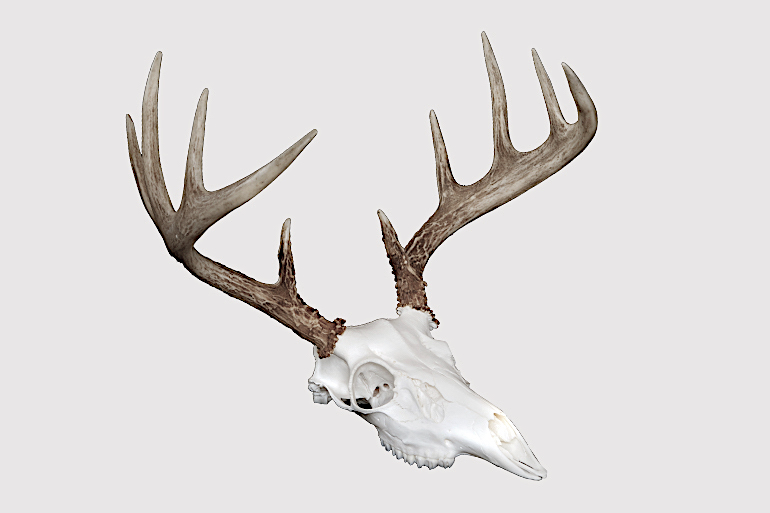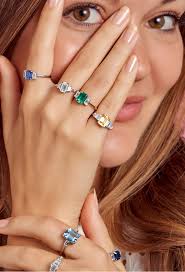8 Steps To Help Your European Mount Survive A Century and Beyond

You just came from a hunting trip with your skull mount. So, how do you ensure that it stays in top shape?
Like any treasured possession, proper care and maintenance are crucial. Fear not, fellow outdoor enthusiast! By following these simple yet effective steps, you can ensure your European mount continues to captivate hearts and spark stories for centuries.
Follow the Preservation Steps Religiously
Once you harvest your animal, let it cool down a little before removing its head and, if you’d like, keeping its cape. Complete drying and optional whitening are the next steps after removing the flesh from the skull by hand or maceration (using water and enzymes). To create a unique and durable display, degrease the skull and install it using plaques or brackets, or hire an expert. When you start this procedure, don’t forget to prioritize ethical wildlife management and abide by local laws.
Befriend the Dust Cloth
Once it’s up on display, you may notice that dust accumulates over time, dulling the natural luster of your mount. To curb this, regularly dust the skull, horns/antlers with a soft, natural fiber cloth. Avoid harsh chemicals or cleaning products, which can damage the delicate surface.
Control Humidity
Both arid and overly humid environments can wreak havoc on your mount. It may crack if it’s too dry; if it’s too moist, it’s a breeding ground for mold.
Ideally, aim for a relative humidity range of 40-60%.
Invest in a hygrometer to monitor humidity levels, and consider using a humidifier or dehumidifier as needed.
Avoid Direct Sunlight
Constant exposure to direct sunlight can fade the coloration of your mount and even cause cracks in the skull. Display your mount in a location with indirect light or controlled UV exposure.
Mounting Matters
The mounting method impacts long-term stability. If the skull isn’t securely attached, it could become loose and eventually break. Ensure your taxidermist uses sturdy materials and proper techniques for a lasting solution.
Let Sleeping Insects Lie
While the myth of insects burrowing into European mounts persists, it’s highly unlikely.
However, occasional mothball placement in discreet areas (not directly touching the mount) can offer peace of mind. Avoid using pesticides or insecticides, which can be harmful and leave residue.
Handle with Care
Avoid excessive touching or handling of your mount, as oils from your skin can transfer and attract dust. If necessary, wear clean gloves when handling for cleaning or repositioning.
Professional Touch-Ups
Over time, minor wear and tear might occur. Schedule periodic checkups with your taxidermist for professional cleaning, minor repairs, or touch-ups to maintain the mount’s pristine condition.
Bonus tip:
Documentation is Key: Document your mount’s origin, species, taxidermist information, and any unique details. This adds sentimental value and helps with future care and potential appraisals.
Bottom Line
By implementing these simple steps, you’ll become a steward of your European mount, ensuring it remains a stunning conversation starter for generations to come. Remember, respect the artistry and nature’s wonder embodied in your mount, and it will reward you with a lifetime of beauty and treasured memories.


